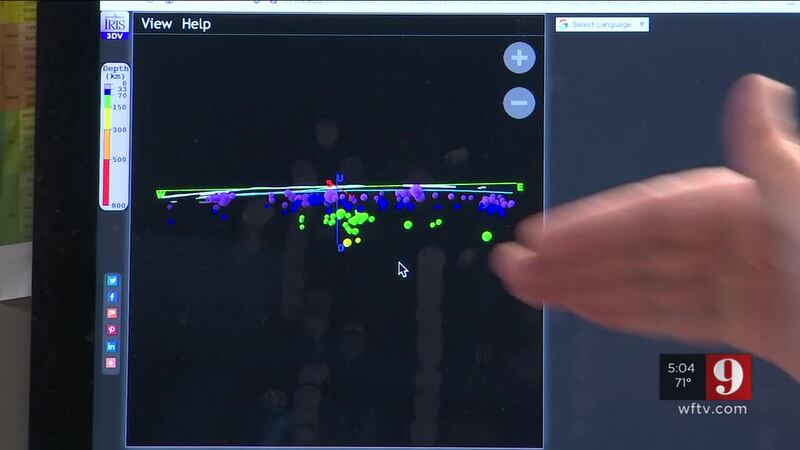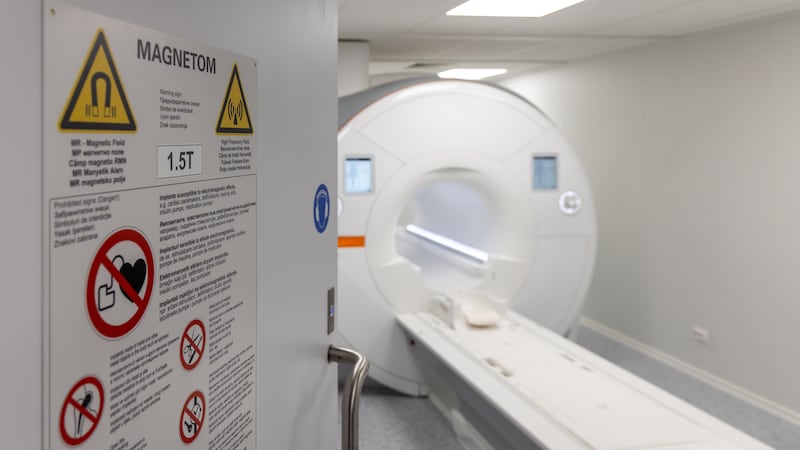Seismic activity in the Caribbean is normal, but there have been stronger quakes in the last week. In fact, three quakes of at least magnitude 6 struck between the last days of 2019 and the start of 2020.
Meteorologist and geologist George Waldenberger spoke to geology professor Dr. Joseph Donoghue at the University of Central Florida and although there have been over 1,000 quakes magnitude 5 or greater since 1970 in the Caribbean, they noticed that these recent quakes have been shallower quakes. Earthquakes closer to the surface have the potential of causing more damage.
What are the odds of another, perhaps even stronger earthquake striking Puerto Rico again? This is the question many are asking. According to the United States Geological Survey on Tuesday afternoon, there is a 7 percent chance of one or more aftershocks stronger than magnitude 6.4 within a week, this forecast may vary as time progresses. There could be between 130 to 410 magnitude 3 or more aftershocks over the next week. Although it might sound small, a 7 percent chance of something so big happening is very significant and important. The plates, faults, trenches and their movements in the Caribbean region are complex. The North American Plate and the Caribbean Plate are the main tectonic plates in the region, the bigger ones, but within each plate, there are faults and troughs which move in several directions.
The North America Plate subducts beneath the Caribbean Plate just north of Puerto Rico. Over the south of the island, the Caribbean Plate upper crust subducts beneath Puerto Rico at the Muertos Trough. From there, recent quakes in the southern regions are happening in a deformation zone bound by the Punta Montalba Fault over land and the Guayanilla Canyon offshore.
“The preliminary location of today’s 6.4 earthquake is within about 7.5 miles (12 km) of January 6, 2020, M 5.8 earthquake. The proximity of these events to Puerto Rico, and their shallow depth, mean that dozens of these events have been felt on land, though with the exception of the latest two earthquakes, the M 6.4 and the M 5.8, none are likely to have caused significant damage,” explained officials with the USGS.
“The January 6 and 7, 2020, M 5.8 and M 6.4 earthquakes offshore of southwest Puerto Rico occurred as the result of oblique strike-slip faulting at shallow depth. At the location of this event, the North America plate converges with the Caribbean plate at a rate of about 20 millimeters per year towards the west-southwest. The location and style of faulting for the event is consistent with an intraplate tectonic setting within the upper crust of the Caribbean plate, rather than on the plate boundary between the two plates,” noted officials with the USGS on its official site.
The technology and knowledge are not there to know exactly when or where a quake will happen or how strong it will be, which is why the most important piece of advice you can give to your friends and family in Puerto Rico (or anywhere in case of a natural disaster) is to stay informed by reliable and trustful sources. It is important to know what anywhere you might go. For example, if you are in a two-story house and are on the upper floor, you should never try to leave while the earth is shaking. Instead, take cover under a sturdy piece of furniture covering your head. Once the movement stops, you should exit carefully.
Follow our Severe Weather team on Twitter for live updates:
- Chief meteorologist Tom Terry
- Brian Shields
- Irene Sans
- Kassandra Crimi
- George Waldenberger
- Rusty McCranie
DOWNLOAD: Free WFTV News & Weather Apps
© 2020 Cox Media Group








